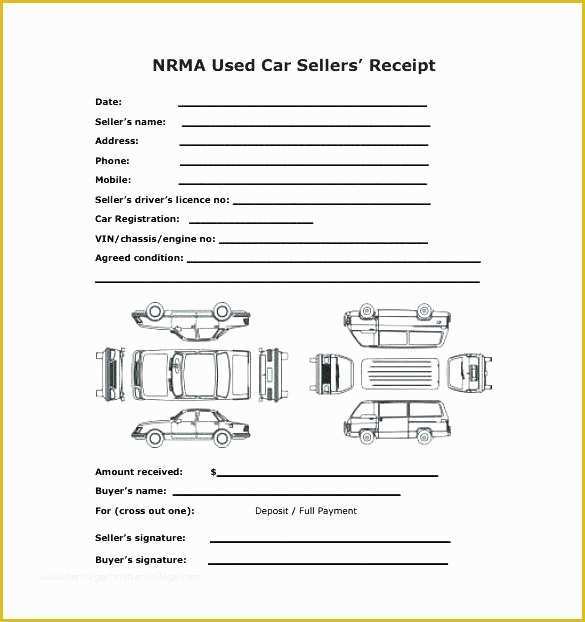
Use automated service reminders and recall integration to create customer awareness of critical vehicle maintenance and repairs while promoting retention and regaining lost customers.Since increase in dealer share of common services (e.g., oil change, tire service) suggest that dealership pricing is competitive with third-party providers, promoting competitive pricing and price match guarantees can enhance these opportunities. Cross-sell services during maintenance, repair, recall and warranty service visits.This increase in recalls is a challenge to shop capacity and parts availability.

Nearly three out of five dealers say that their share of warranty work due to recalls is higher than it was five years ago. Additionally, the increase in services sold per visit illustrates dealer success in cross-selling more services per recall order - oil change and tires being the most popular pairing, followed by services with some combination of an oil change, inspection, scheduled maintenance and tires.īecause recalls have increased substantially in the last five years, the task of balancing labor types in the shop schedule is becoming more complicated. Since 2013, recalls have increased by 26%, which impacted 42.7 million vehicles. Significantly, most of the oil change visits also included an additional service: Only 19% of service visits at a dealership were solely an oil change, a notable improvement over 29% in 2015.ĭealer share of tire work, the second most common service done at dealerships, also has increased significantly since 2015 - an indication that dealers are becoming more competitive and by doing so are improving retention.Īn increase in vehicle recalls is likely contributing to the increase in dealer share of service visits overall. Nearly three in five services completed at a dealership included an oil change, the most common type of work. In 2018, over half of dealership visits included at least two services per customer repair order - indicating that dealers are successfully cross-selling maintenance and repair services. They have taken share from quick lube service centers in the maintenance category and from general repair shops in the repair category. Since 2015, dealers have gained market share in both maintenance visits (oil changes, tires, general tune-up, batteries) and repair visits (engine, transmission, electronics). TREND 1: CROSS-SELLING & RECALLS RAISE SERVICE REVENUE

However, the percentage of consumers who say they prefer to service their vehicle at the dealer of purchase is higher than the percentage of those who actually visit the dealer of purchase. Dealerships of purchase are losing service business to other dealers that are closer in proximity to their customers.In fact, wait time is even more of a frustration than dealer pricing or failure to provide a loaner vehicle. Two of the top five frustrations consumers have with dealers are related to time spent waiting during the service visit. Dealer capacity impacts customer wait times and most dealers are near maximum capacity.Dealer share of tire work, the second most common service done at dealerships, also has increased significantly since 2015 - an indication that dealers are becoming more competitive and by doing so are improving retention. Significantly, most of the oil change visits also included an additional service. In 2018, over half of dealership visits included at least two services per customer repair order - indicating that dealers are successfully cross-selling maintenance and repair services.


 0 kommentar(er)
0 kommentar(er)
